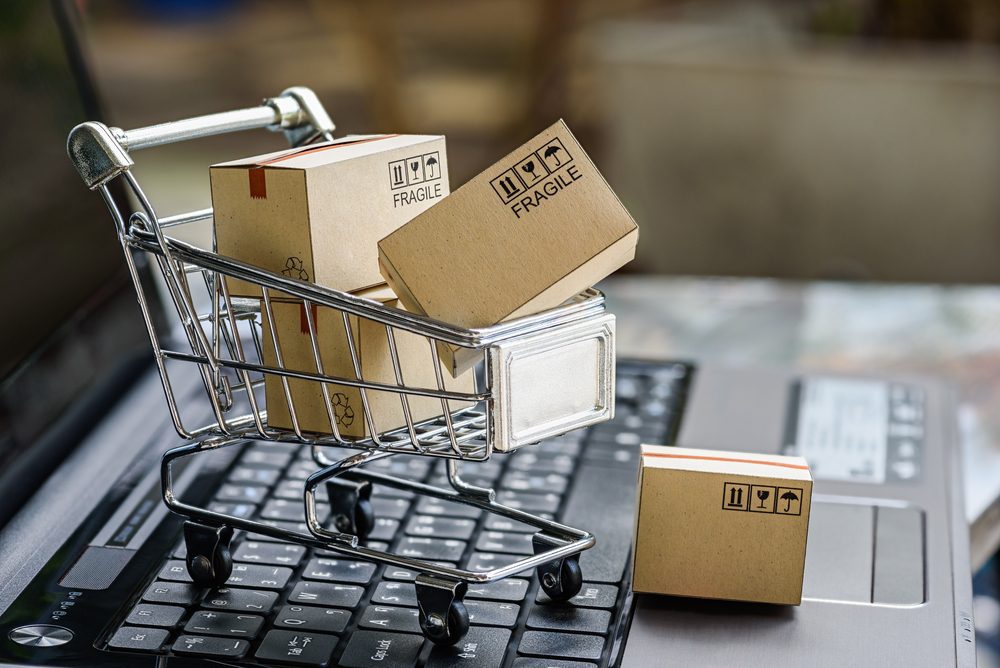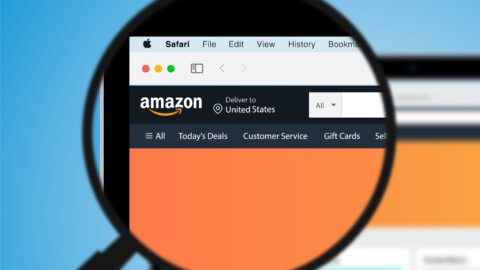Shoppers are looking beyond cost when making e-Commerce purchasing decisions, according to the 2018 Consumer Trends Report from Kibo. While price is still the most important factor for 61% of shoppers, its share has fallen from 70% in 2017. At the same time, a small but growing portion of shoppers rate other factors as more important:
- Speed of fulfillment (8%, up from 2%);
- Online shopping experience: (8%, up from 4%); and
- Variety of fulfillment options: (7%, up from 4%).
Flexibility and speed are particularly important purchase influencers: 40% of shoppers say taking more than two days for delivery would prevent them from making a purchase, while 63% expect delivery within three days as the standard. Making a variety of delivery options visible early in the shopper journey also is important: 76% of shoppers say having multiple fulfillment options influences their purchasing decision, up from 64% in 2017. The findings are similar to the results of the Retail TouchPoints 2018 Last Mile Survey, which reported that 65% of consumers want greater shipment flexibility and 61% want faster deliveries.
“What we’ve been seeing is a shift towards convenience and a shift towards the experience portion of the buying cycle,” said Tushar Patel, CMO at Kibo in an interview with Retail TouchPoints. “As a consumer, the importance of the experience with my retailer, the experience I have online and the experience of receiving my items have gone up compared to price being the major factor.”
Usage of buy online, pick up in-store (BOPIS) services remains strong, and more than 66% of shoppers have chosen this option in the past six months. Avoidance of shipping fees is the most common reason, cited by 86% of shoppers, up from 79% in 2017. Other top reasons include:
- Flexible pick-up times (85%, up from 78%);
- The ability to touch and try merchandise (77%, up from 68%); and
- Saving time at the store (76%, up from 71%).
When Shoppers Have A Product In Mind, They Visit Retailer Sites First
The most popular first stops for customers still researching brands or products are either a search engine (69%) or Amazon (61%). However, when a shopper knows what product and brand they want, 65% prefer going directly to a retailer’s web site. Other common destinations include:
- A major retail store (47%);
- A branded manufacturer’s web site (31%); and
- An online marketplace (27%).
In comparison, when a shopper has a product in mind, but not a brand, their preferred channels are:
- A retailer’s web site (66%);
- A major retail store (41%);
- An online marketplace (26%); and
- A branded manufacturer’s web site (25%).
Retailers can use search engine optimization (SEO) to attract consumers to their web sites, but more work is needed to turn those visits into purchases. Approximately 87% of shoppers are influenced by peer reviews, and 91% have relied on reviews to make a purchasing decision in the past six months.
While 74% of shoppers are still somewhat, very or extremely influenced by interactive content that informs them about a product, that total is down from 92% in 2017. However, this doesn’t mean interactive content is becoming less important; rather, it indicates that shoppers need information to be tailored to them to drive engagement.
“When you’re catering to an individual’s intent and behaviors and their preferences, that’s when you’re really going to get the engagement,” said Patel. “What we’ve seen for retailers, and manufacturers as well, is when they’re driving individualized interactive content, that’s when you can get the most bang for your buck.”
Home Page Personalization Influences 63% Of Shoppers
Personalization can have a significant impact on purchasing decisions, but the most effective methods are changing. Approximately 63% of shoppers have been influenced by personalized recommendations on a homepage, down from 88% in 2017, while 50% of shoppers have been influenced by shopping cart recommendations, down from 93%. The influence of personalization is rapidly growing on the product page itself: 64% of consumers are influenced by recommendations there, up from 19% in 2017.
These results imply that many shoppers already know what they want by the time they visit a retailer’s web site and are skipping directly to the purchase. Retailers must make sure the checkout process remains simple even as they add personalization at the tail end of the buying journey: 78% of consumers say a simple, streamlined shopping cart influences their completion of a purchase.
“If you see what’s happening with mobile, see what’s happening with voice-enabled devices, experience is key,” said Patel. “No one buys on Alexa because it’s necessarily a cheaper way of doing it, but because the experience of buying is frictionless. Consumers are going to go towards the most friction-free way to shop whenever they’re given the option.”













